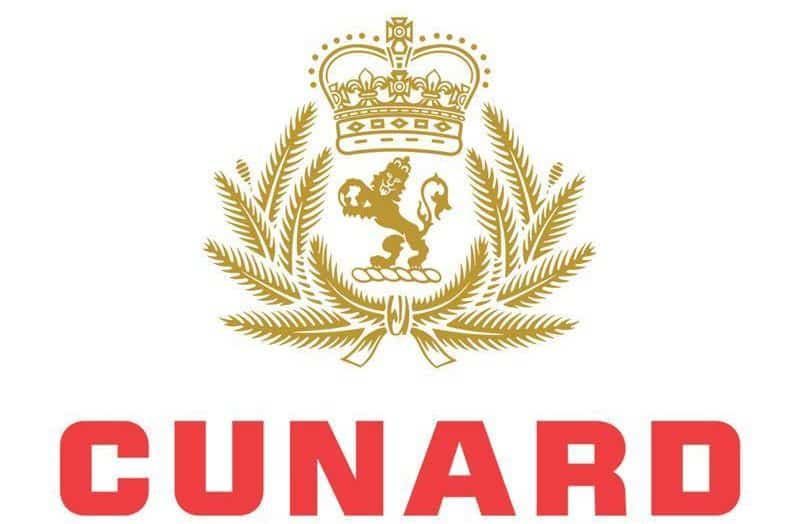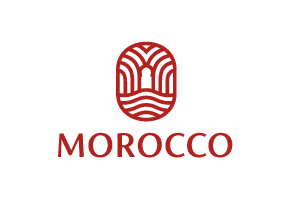Time for a nice cup of tea

The strange story of a teatime destination
The Russian state, be it Empire, Soviet Union, or Federation, has viewed itself as a gateway between the East and the West. During the 11th and 12th centuries, Moscow served as the Mongol Horde’s main outpost in Europe. As Russia gained strength in the 16th and 17th centuries, it looked East to Asia to expand.
When Russia reached the Pacific Ocean in the late 17th century, it was already the world’s largest empire. Russia first made diplomatic contact with China during the reign of Ivan the Terrible in the middle of the 1500s.
As legend tells it, the Chinese diplomats brought a strange gift to the Tsar, grass. After the tsar’s initial shock, he asked the diplomats the meaning of this lowly gift.
They demonstrated how ground leaves of this grass could be placed in boiling water to yield a tinted beverage with strange properties that the Chinese called chai. Several years later, the tsar grew ill with stomach pains. After trying other remedies, the doctors tried giving the tsar this strange gift. He felt better within hours. This story spread and tea quickly became a popular drink amongst the royal families of Europe.
In 1728, Russian and Chinese diplomats met in the border town of Troitskosavsk to sign the Kyakhta Treaty, which delineated China’s northern border and set standards for trade between the two powers.
While trade initially consisted of furs and spices, the end of the 18th and beginning of the 19th centuries saw tea’s popularity explode on the European continent. By the end of the 18th century, tea was the largest commodity traded between Russia and China. A trading settlement called Kyakhta formed on the outskirts of Troitskosavsk to facilitate the massive volumes of tea that exchanged hands on the border.
Entrepreneurial Russians flooded to Kyakhta to make their fortune. While most of them ended up as tea-packers in Troitskosavsk, some succeeded at setting up their own trading companies and were allowed to settle in Kyakhta (Kyakhta had strict policies that only traders could live there).
By the first few decades of the 1800s, the population of Kyakhta had reached 150, 80 of whom were millionaires. To put that in perspective, at the time, 3 rubles could buy a horse. Kyakhta’s wealth was so vast that Karl Marx mentioned it in several of his discourses.
These wealthy Siberians used their riches to build lavish cathedrals and fund the Kyakhta Museum, which was called the Siberian Hermitage. Kyakhta was home to the first women’s school in all of Russia and had the highest ratio of schools to population in all of Russia. Visiting merchants wrote of walking through the streets and hearing classical music and poetry flowing from the windows of the estates.
Unfortunately, by the middle of the 19th century, the Suez Canal made overland trade through Kyakhta obsolete. Many merchants attempted to open new trade routes, but their efforts were to no avail. The Bolshevik Revolution sounded the death knell on trade in Kyakhta. The Soviets destroyed nearly every cathedral in Kyakhta and left the trading arcades to crumble on the now deserted border between Russia and Mongolia.
Today, a winding, crumbling highway stretches from Ulan-Ude to Kyakhta. It curls around Gusinoye Ozero (Goose Lake) and dips down into the hilly steppes of Mongolia. Kyakhta and Troitskosavsk have melded into one town, but from a nearby hill, the border between the two is still distinct. Two cathedrals survived the Soviet Era and are clearly visible as landmarks of old Kyakhta. The ruins of the trading arcade lie across the road from the Resurrection Cathedral, one of the largest cathedrals between Vladivostok and Novosibirsk. A statue of Lenin stands defiantly between the two monuments, a silent symbol of the history of church and trade in Russia.
The Kyakhta Museum is situated further from the border, in the center of the town. It is a home to artifacts of the Tea Road and still displays some of the exhibits that were created in the 19th century, including an unbelievable collection of taxidermy. On holidays, the museum hosts reenactments of tea ceremonies that took place between Russian and Chinese traders.
Kyakhta is historical, tragic, ironic, and beautiful. It’s people have retained the memory of its past greatness and welcome those who would learn more about the history of Russia, China, and the grass that brought the two together: tea.
Brian Kilgour
Brian Kilgour
Brian is a Fulbright scholar on a tourism assignment writing from Siberia for Vision on Sustainable Tourism
See amazing new 2012 sustainable tourism report 93% off offer HERE
 United Kingdom
United Kingdom United States
United States Asia Pacific
Asia Pacific












































EU airports bring back 100ml liquid rule
CLIA: Anti-cruise demos could cause itinerary changes in Europe
Co-pilot faints, easyJet flight issues ‘red alert’
Dozens fall ill in P&O Cruises ship outbreak
Woman dies after getting ‘entangled’ in baggage carousel